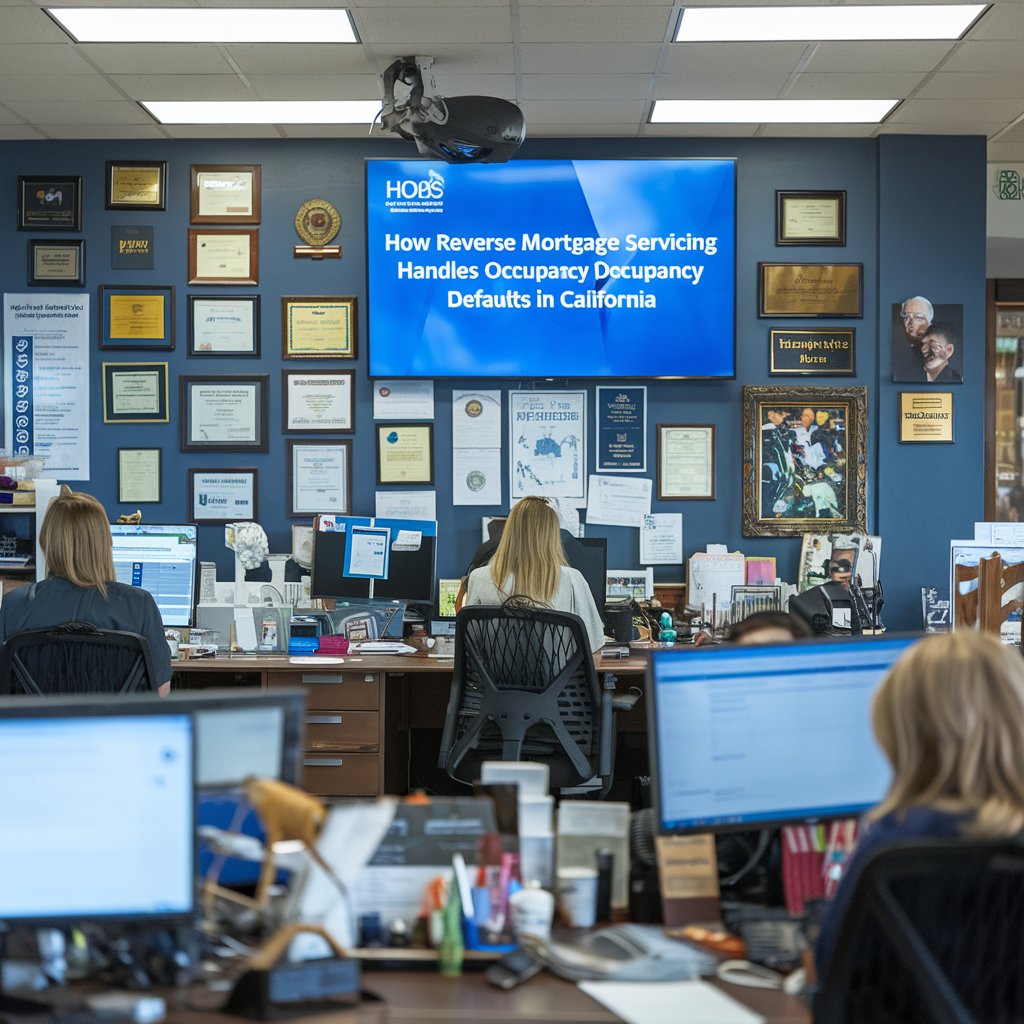Reverse Mortgage Borrower’s Occupancy Requirements
Understanding a borrower’s reverse mortgage occupancy requirements can be complex. As warmer weather approaches, it’s important to remember that many reverse mortgage borrowers, often referred to as “snowbirds,” migrate south to enjoy milder temperatures.
All reverse mortgages have the condition that the borrower must live in the property as their primary residence. Borrowers are allowed to leave their home for various reasons, including medical treatment, family visits, vacations, or seasonal migration to a warmer climate. However, there are specific rules about how long they can be absent and the need for yearly attestations.
A general guideline is that borrowers can be absent for up to 12 months before the loan is considered in default. However, if a borrower plans to be absent for more than 12 months, such as during an extended mission trip, they must seek HUD approval. It’s important to note that HUD can deny such requests, so borrowers must reach out for guidance if they anticipate being away for an extended period.
These occupancy guidelines protect the investor (e.g., Fannie Mae or other agencies) and the insurer (e.g., HUD). Since the property is the only collateral for a reverse mortgage, servicers must closely monitor occupancy status to avoid vacant or abandoned properties, which could lead to property damage and potential loss for all parties involved.
How Is the Reverse Mortgage Occupancy Requirement Monitored?
To track occupancy, servicers use two key tools: Annual Occupancy Certificates and return mail. Accurate monitoring is essential, and servicers must follow up to ensure compliance. This process can require sensitive communication with borrowers.
Annual Occupancy Certificate
Once a year, typically around the anniversary of loan funding, servicers mail out an Occupancy Certificate to borrowers. This certificate asks borrowers to verify that the property remains their principal residence. Borrowers must sign and return this document within 30 days. The certificate includes a required warning statement from HUD:
“Warning: Section 1001 of Title 18 of the United States Code makes it a criminal offense to make a willfully false statement or misrepresentation to any department or agency of the United States government as to any matter within its jurisdiction.”
This statement emphasizes the seriousness of the certification. If a borrower indicates that they’ve been absent for more than 12 months or have permanently moved from the property, the servicer must request HUD’s approval to call the loan due.
Once HUD grants approval, the servicer will send a demand letter to the borrower, requiring repayment or the option to cure the default by re-occupying the property.
Return Mail
Another key method for monitoring occupancy is the use of return mail. If a borrower’s mail, such as a monthly statement, is returned undelivered, it could signal an occupancy issue. While returned mail doesn’t always mean a default (the borrower could be traveling or have forgotten to update their address), it serves as an indicator that follow-up is needed.
When servicers notice returned mail, they must contact the borrower to verify their occupancy status. Servicers must handle this process carefully to ensure borrowers aren’t unduly alarmed. Many reverse mortgage borrowers are anxious about having their loans called due, so it’s critical that servicers maintain professionalism and sensitivity throughout their communications.
The annual certification process and occupancy monitoring are crucial to ensuring the loan remains in good standing, protecting both the investor and the borrower. For lenders, educating borrowers about these processes during the loan origination phase can lead to a smoother experience for all parties involved.
At Reverse Mortgage California, we’re committed to ensuring our clients understand the intricacies of their reverse mortgage occupancy requirements. Whether you’re a new borrower or seeking guidance on your existing reverse mortgage, we’re here to help!
📞 Call us: 909-642-8258
📍 Google Business Profile: https://bit.ly/rmcgbp

